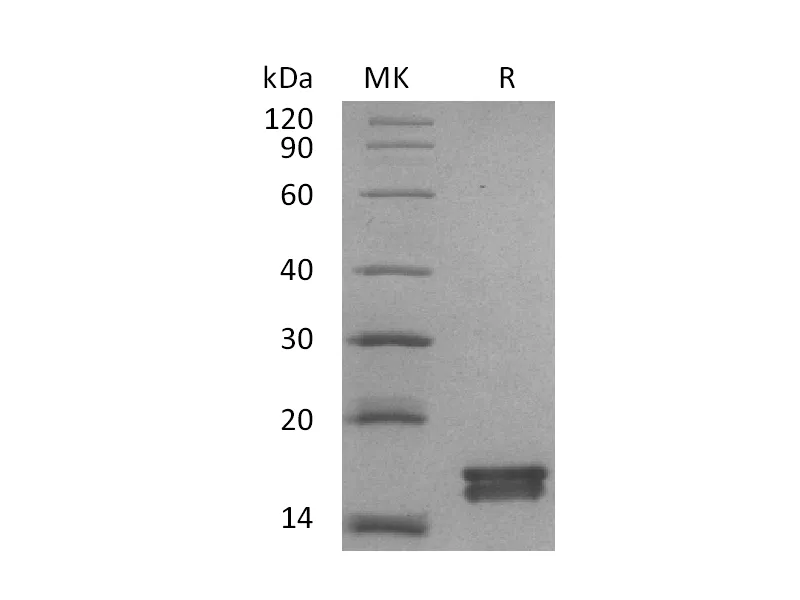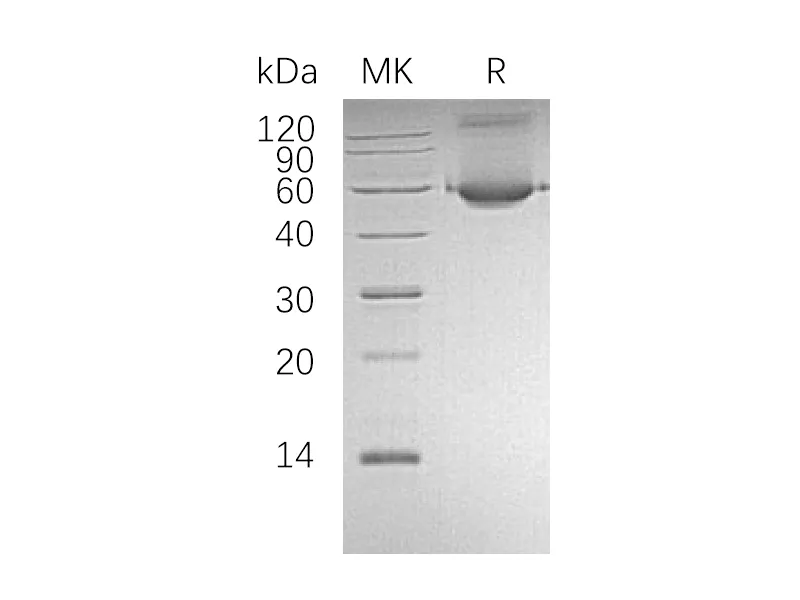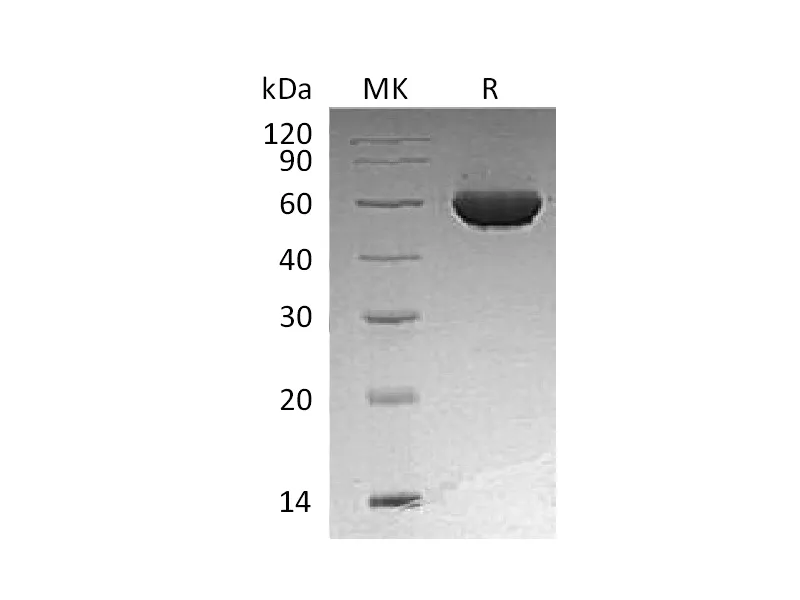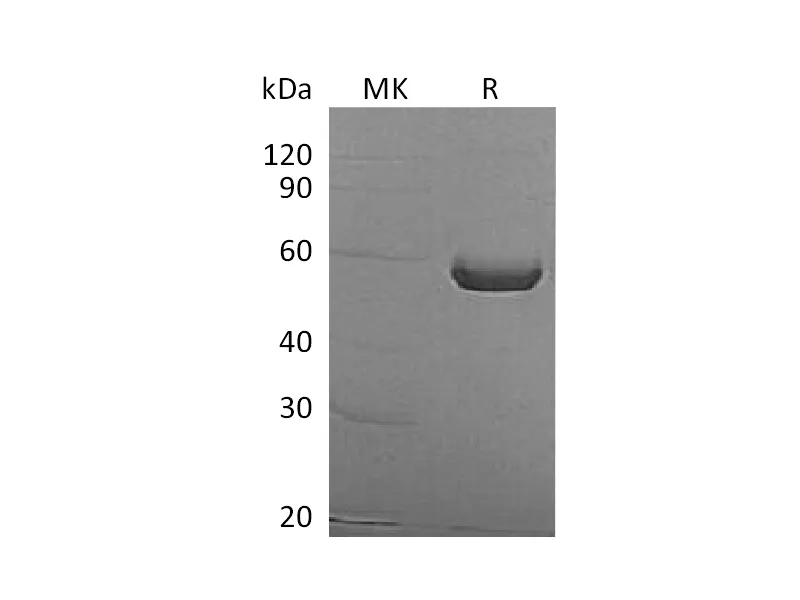Alternative Names
Serum Amyloid P-Component; SAP; 9.5S Alpha-1-Glycoprotein; APCS; PTX2
Background
Serum Amyoid P Component (SAP) is a monomeric 25 kDa secreted serum glycoprotein that belongs to the pentraxins family. The members of pentaxin superfamily be characterised by calcium dependent ligand binding and distinctive flattened β-jellyroll structure similar to that of the legume lectins. SAP is a non-fibrillar component, it can interact with DNA and histones. It regulates the solubility of amyloid fibrils and protects them from degradation by proteolytic enzymes and phagocytic cells. SAP scavenge nuclear material released from damaged circulating cells. It has been proposed that SAP may function as an opsonin for a variety of ligands including autoantigens, apoptotic cells, chromatin and micro-organisms.
Note
For Research Use Only , Not for Diagnostic Use.




